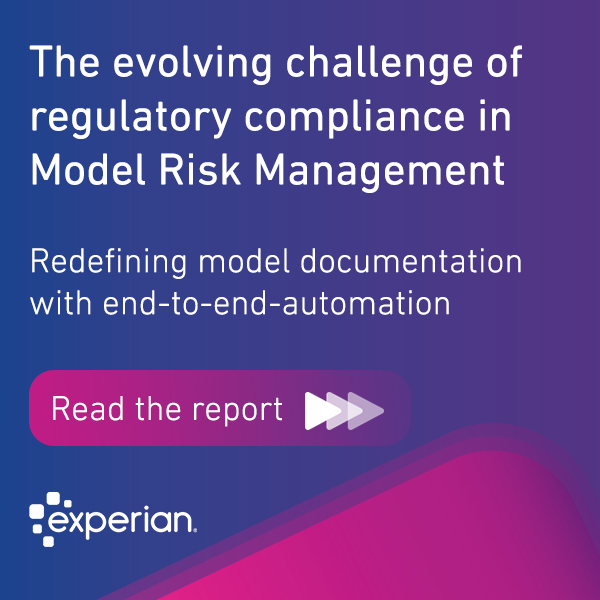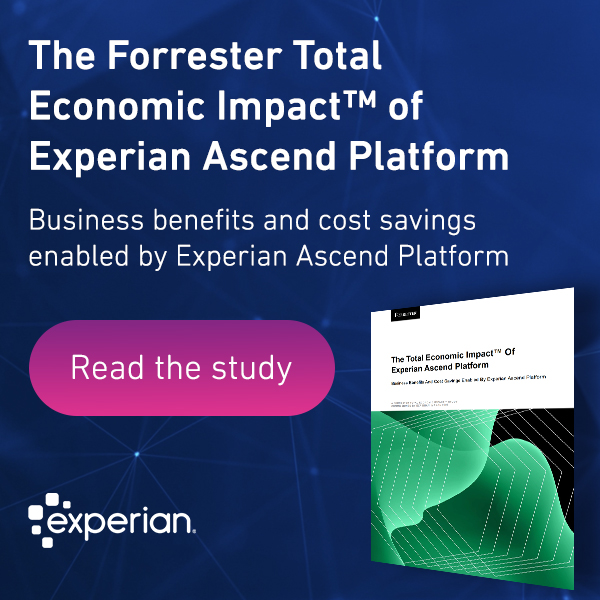Credit providers have long relied on data to lend insights into how their customers are faring—and help predict what’s to come. The pandemic, however, introduced unexpected anomalies that have made understanding the actual credit landscape far more challenging. For example, while government assistance programs have enabled customers to stay up-to-date on their payments, they’ve also made it harder to discern the true financial impacts of the crisis.

Our recent research gives voice to these challenges. We surveyed businesses around the world three times from July 2020 through January 2021 for our annual Global Decisioning Report. The results reveal that business confidence in credit risk analytics models has declined over the pandemic, dropping by nine percentage points for Tier 1 lenders, and 15 percentage points for Tier 3 lenders.
As we look ahead, credit providers need ways to improve confidence in their analytics models so that that they can make smarter, faster decisions on behalf of their customers and businesses. This is where synthetic and alternative data are beginning to make a real difference. The rise of AI and machine learning solutions has opened the door for lenders to leverage this data. Understanding how to put it to use—and why it’s imperative to do so—will help lenders navigate the end of this crisis and prepare them for any economic volatility in the future.
The data differentiator
Before we dive into how lenders can best utilize alternative and synthetic data, let’s quickly define what we’re discussing. Credit providers have traditionally used credit bureau data to assess their portfolio risk and inform credit decisions. But as noted, in times of crisis, supplementing that data with additional context can significantly improve its effectiveness.
Alternative data does just that. Alternative data refers to primarily unstructured data from non-traditional sources. For example, social media data can help paint a more complete picture of customer behavior. And location data can provide information about customer geography, such as opportunities for travel-related purchases.
Synthetic data complements alternative data but is not the same. Synthetic data is new data created by altering existing data. So a lender might change the profile of its customer base and then use that dataset in analytics models to better understand what the future may hold. Both types of data work together, with alternative data providing a more complete customer view and synthetic data allowing lenders to account for additional variables and offset their risk accordingly.
New data in action
Confidence in analytics models may have dropped during the crisis. But lenders aren’t resting on their laurels. Instead, nearly half of businesses report that they are dedicating resources to enhance their analytics efforts. Those that include alternative and synthetic data in their improved models have the opportunity to leverage the information in multiple ways.
Some of the most exciting applications of alternative and synthetic data include:
Anticipating purchasing behavior
New data sources, especially from social media, help lenders understand what’s happening in their customers’ lives and how that may translate into purchases. For example, a customer who has recently moved into a new home may be considering purchasing furniture or home décor. Or customers who are celebrating life milestones such as birthdays or graduations may be buying gifts or spending on events.
Predicting credit risk
In this realm, synthetic data can be beneficial. Lenders can use synthetic data to understand how credit profiles may change in specific circumstances, such as modeling a higher unemployment rate or dramatic income shifts. They can then use analytics models to determine the related impact on customer affordability.
Improving fraud detection
With an improved customer view, fraud prevention teams can more easily identify unusual patterns in customer behavior and spending. For instance, does a customer’s current location (per location data) match their most recent transactions? Or has the number of contacts on their phone dramatically changed (it may not be their phone)?
Enhancing pricing
Both types of data are useful in improving pricing models across company portfolios and at a personal level. The additional context can help everyone from lenders to insurers to banks assess customer needs and provide products that meet them—at prices that make sense. What’s more, machine learning automates that pricing, allowing companies to scale personalization across the organization.
Improving marketing
In the same vein, new sources of data can also give marketing efforts a boost. The ability to access more real-time information about customer behaviors uncovers opportunities to provide them with credit, insurance, and other lending products that may prove immediately helpful. Data can also help identify new markets entirely or highlight rising needs that may demand the development of additional products or services.
The past year was an anomaly in so many ways. However, as we ease out of the crisis, financial service companies have the opportunity to strengthen their data models—and leverage new types of data to reduce their risk and provide improved decisioning no matter what the future holds.




